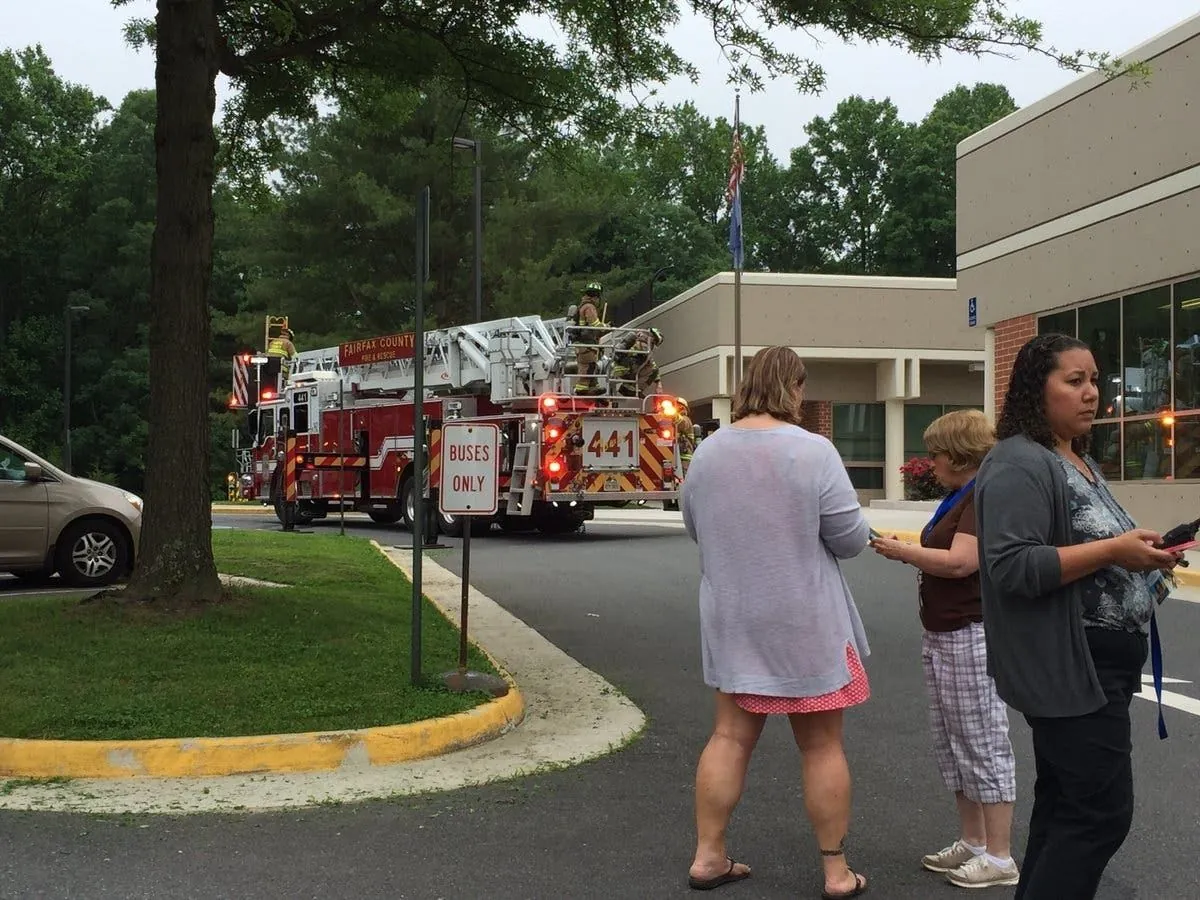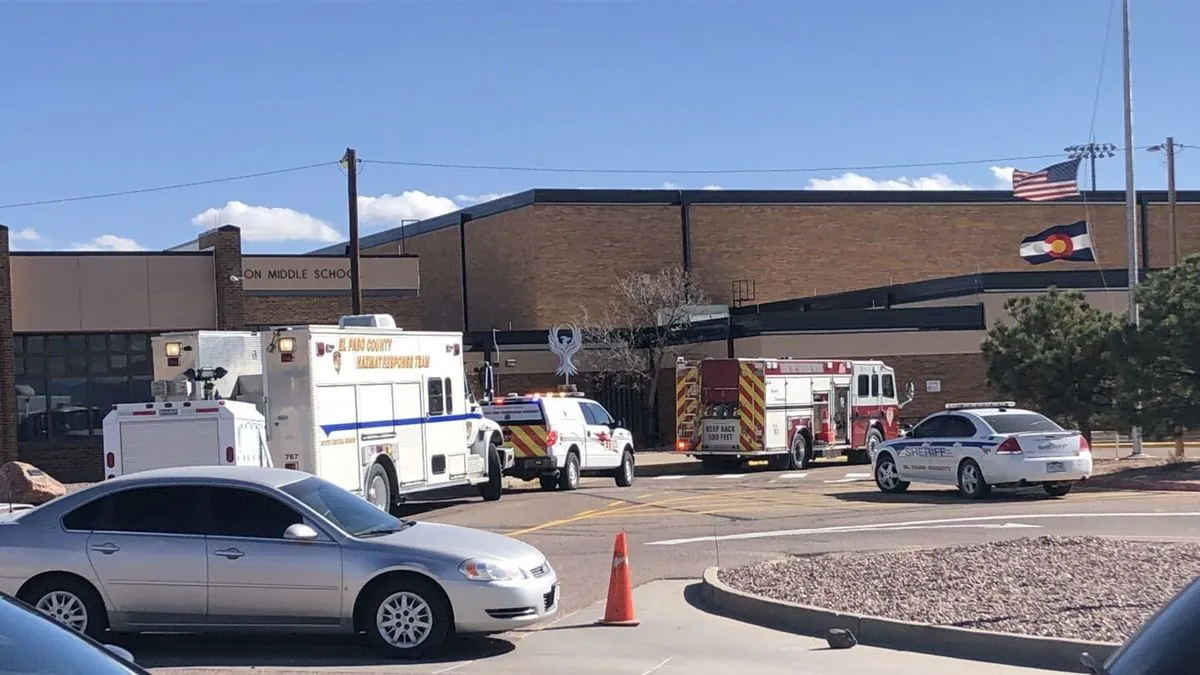D.C. School Evacuated Due to Construction Fumes, Sparking Safety Concerns
Asphalt fumes from a nearby construction site caused illness and evacuation at Cleveland Elementary School in D.C. The incident highlights ongoing safety concerns related to urban development near educational institutions.

On September 17, 2024, Cleveland Elementary School in Washington D.C.'s Shaw neighborhood experienced a health scare when fumes from a nearby construction project infiltrated the building. The incident resulted in the hospitalization of one staff member, affected numerous children, and led to a full campus evacuation.
Fire department crews responded to the school at approximately 10:35 a.m. after receiving reports of individuals feeling unwell. The source of the problem was traced to a construction site in close proximity, where workers were laying hot asphalt. Vito Maggiolo, a spokesperson for the D.C. fire department, explained that the school's HVAC system had drawn in the odor, causing illness among occupants.
The event highlights the potential risks associated with urban development near educational institutions. Asphalt, a mixture of aggregates, binder, and filler commonly used in construction, contains petroleum-based components that can release harmful fumes. According to the Occupational Safety and Health Administration (OSHA), exposure to these fumes may lead to various symptoms, including headaches, fatigue, and irritation of the throat and eyes.
As a precautionary measure, students and staff were evacuated to a nearby church. Emergency responders evaluated 24 children and four adults, though none required additional medical attention. The school, which serves approximately 300 students, closed for the day, disrupting the learning process and causing inconvenience for parents.

Jessica Kahanek, a parent of a kindergartner at Cleveland Elementary, witnessed the evacuation from her home across the street. She described the air as smelling like gas and expressed concern about the ongoing issues related to the construction site, including rat problems and unpleasant odors from temporary bathrooms.
This incident is not isolated, as it follows similar problems at Shirley Chisholm Elementary School in Southeast Washington. In the spring of 2024, gas odors led to several evacuations at that institution. An inspection in June revealed a leak in an abandoned gas line that had corroded behind a wall inside the school.
The situation at Cleveland Elementary School underscores the importance of maintaining good indoor air quality in educational settings. The U.S. Environmental Protection Agency (EPA) provides guidelines for schools to ensure a healthy environment for students and staff. Proper ventilation is crucial in mitigating the effects of airborne contaminants, especially in urban areas where construction activities are common.
As urban development continues to shape cityscapes, balancing progress with community well-being remains a challenge. The impact of construction on nearby schools has become a topic of research and policy discussions in urban planning. With 115 public elementary schools in Washington, D.C. as of 2024, ensuring the safety and well-being of students in the face of ongoing development is a pressing concern.
Cleveland Elementary School was scheduled to reopen on September 18, 2024. However, the incident has left parents and community members calling for better safeguards and communication regarding construction projects near educational institutions.
"This just sort of feels like the latest in an ongoing beat of 'our students deserve better.'"
As cities evolve, the need for careful planning and stringent safety measures becomes increasingly evident. The Cleveland Elementary School incident serves as a reminder of the delicate balance between urban growth and the protection of vulnerable populations, particularly children in educational settings.


































